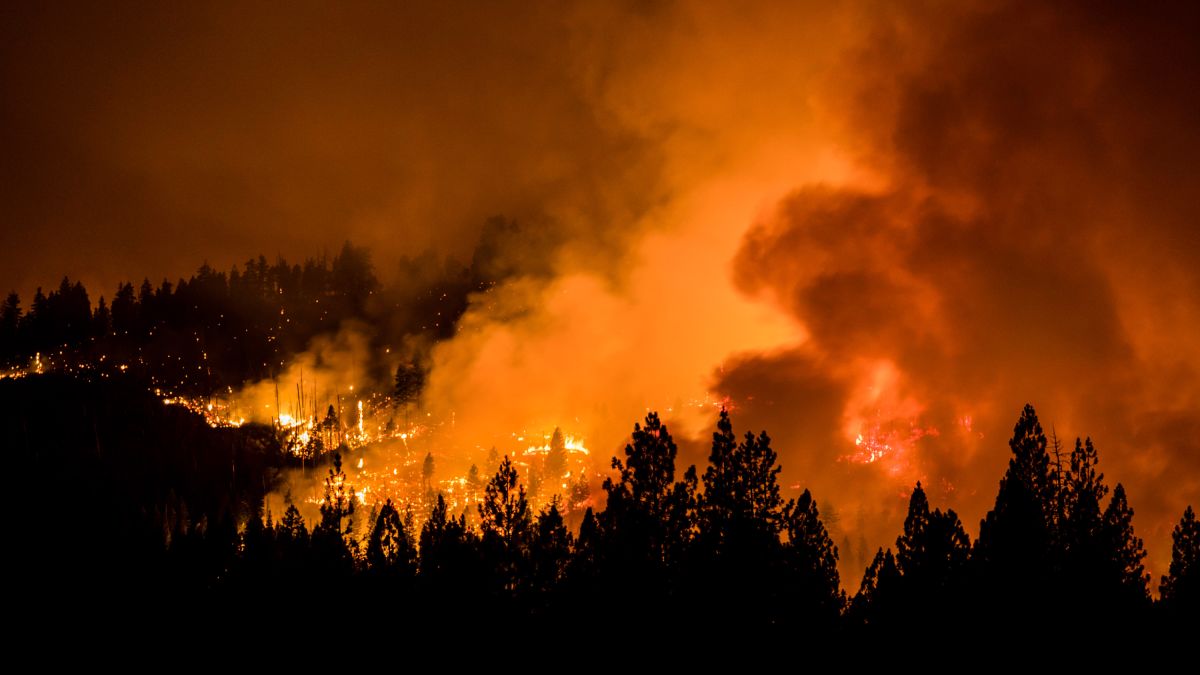Forecasters warn that the risk of wildfires will be higher than normal in some areas of the United States in the coming months as temperatures increase and rainfall becomes scarce.
According to the National Interagency Fire Center’s most recent forecast, the fire season will last longer due to climate change. As fires grow larger and linger longer, federal officials are shifting to a new commercial model. They are restructuring top-tier management teams to ensure that more staff are available to deal with the most difficult fires. Officials say it is the most significant shift in large-scale wildfire control in decades.
In the first three months of the year, more than 2,669 square miles (6,912 square kilometres) were burned in the United States. That’s more than half of last year’s total, and experts foresee an increased risk of fires in the Great Lakes region, parts of the Midwest, the Southwest, and Hawaii during the coming months.

Federal officials in charge of allocating resources and deploying teams are changing to a new economic model they characterize as the largest change in wildfire management in decades as a result of the magnitude and length of fires increasing. They claim it will ensure that there is more staff with the training and credentials required to handle the most difficult flames and provide greater flexibility when reacting to wildfires.
The notion has been around for a while because of the stress that climate change-related heat waves and record droughts have placed on the wildland firefighting crew, making it more difficult to battle wildfires in the American West. According to scientists, the area has become much drier and warmer over the last 30 years due to climate change.
When determining a fire’s complexity, managers take into account a variety of criteria that can change as the situation does. These factors include the fuel conditions, propensity for expansion, dangers to property and cultural values, and more.
For almost twenty years, Todd Abel, the deputy fire management officer of the Arizona Department of Forestry and Fire Management, has been a member of wildfire management teams. Years have passed when he came home from one mission, packed up, and left again for another two days later. One summer, he remembered doing that eight or nine times.
The shift, according to Jesse Bender, chair of the Incident Workforce Development Group, is mostly related to the administrative procedures used by government organizations to combat wildfires. She described it as an opportunity to better align the wildfire fighting industry so that the public is aware that they are getting a highly skilled and experienced group of people who can care for firefighters on the ground and safeguard the homes, wildlife, cultural landmarks, and nature reserves that communities value.
